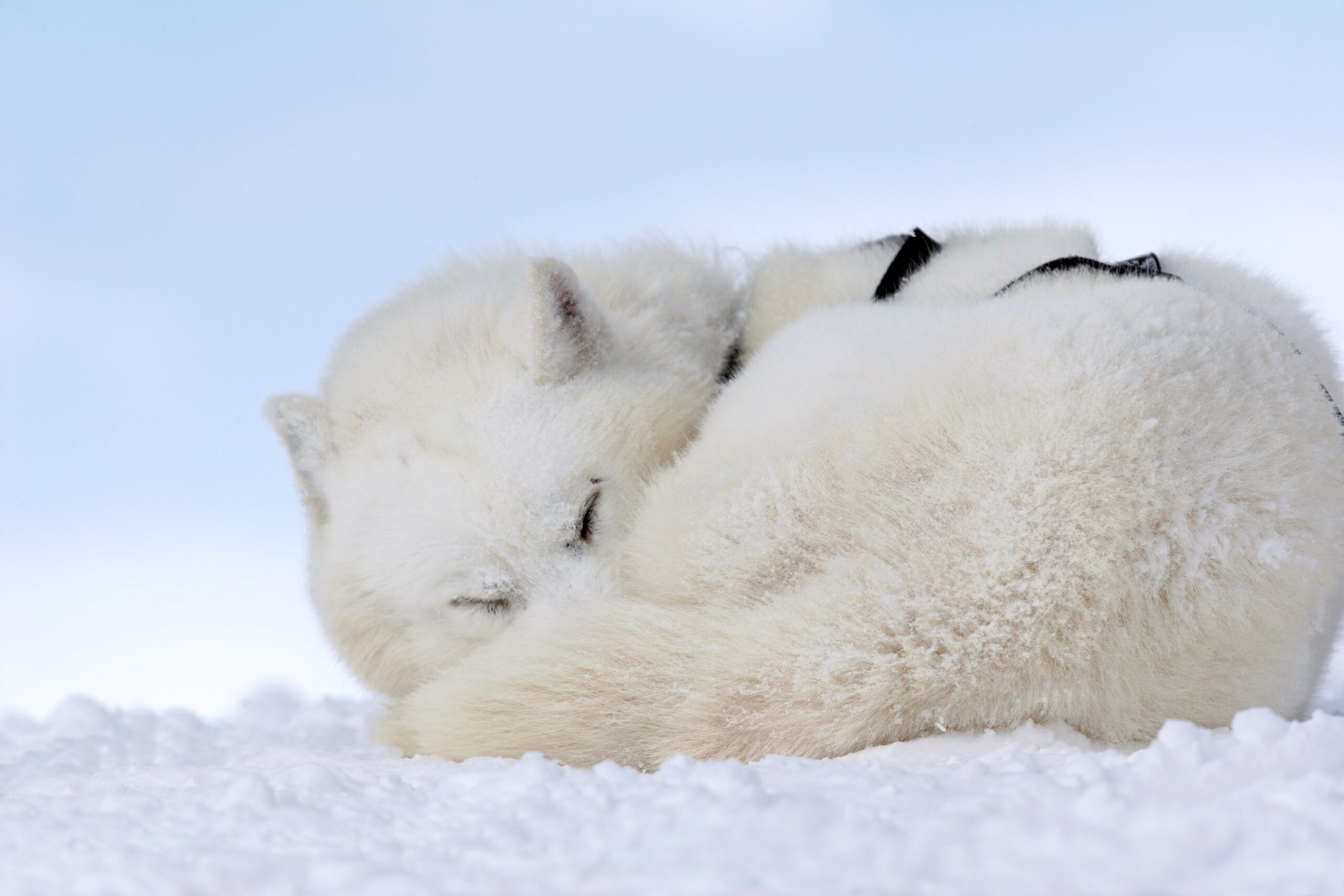Meet a dozen different dogs and you could easily encounter a dozen different personalities, with each dog having their own quirks and style.

As positive dog trainers, our goal is to help dogs and their guardians learn to navigate life together in a cooperative and happy way. So it’s important for us to help guardians recognize and understand who their dog really is, as an individual.
Behavior variations are often normal, although they may startle someone witnessing them for the first time.
What’s behind behavior?
Each dog’s behavior reflects a combination of their genetics, life experiences, and skills training over the course of their life.
Even for typical behaviors, we should be looking for their function — what are those behaviors doing for the animal? Why does the dog choose to do this instead of something else?
Then we can better understand whether a particular behavior is normal or cause for concern. Here are a few quirky dog behaviors that are often quite normal.
Dogs who won’t chase tennis balls
Many of us enjoy tossing a tennis ball for a dog to chase. And it’s true that many dogs find running after a tennis ball wonderfully entertaining and “normal” fun. They willingly chase small targets and carry them in their mouth.
But there are plenty of dogs with tiny mouths or difficulty breathing or who are too busy sniffing the ground to bother about a tennis ball. These dogs may not have the slightest interest in galloping after a fuzzy round object and bringing it back to us, but their behavior is normal for them.
Dogs who won’t come in from the cold
To a passerby who knows that it’s inhumane to keep an unwilling dog outside for hours in the blistering cold, the sight of a dog happily snoozing on an icy porch every time they drive by is likely to cause some alarm. They can’t know that the dog is constantly invited back inside and either refuses or asks to go back outside into the cold just a half-hour later. More than one family with a thick-coated dog has discovered a concerned neighbor knocking at their door on a frigid afternoon, suggesting their dog shouldn’t be outside at all.
Dogs that have thick, insulating fur can be well-adapted to living in cold climates. Still, some dogs take it to an extreme. They will moan, roll, and protest if asked to give up their chill spot out in the snow to come into the cozy warm house and play with their family.
That said, what about the thick-furred dogs who plop down in front of the woodstove and bask in the warmest spot of the house and call it their own? Every dog’s an individual, with different preferences and physical needs.
Dogs who bark on the run
We know that dogs bark. Usually it’s a behavior that people have difficulty tolerating in large doses. Often, when barking is a serious nuisance, our first step as dog trainers is to identify the true reason a dog is barking. Then we can help meet that need more effectively, ultimately reducing their need to bark, or we can redirect them to a more suitable activity.
But some dogs amaze us with their ability to bark or howl while running, leaping, and weaving. They may bark and bay to alert when they catch a scent, even when they’ve been running for hours.
Similar behavior is sometimes seen in agility training and competition, much to the astonishment of spectators. Some dogs punctuate a dash around an agility course with the occasional barks, when you’d think they’d need that energy to breathe! Skilled agility handlers know to stay attentive to be sure their running dog isn’t getting barky out of frustration over not understanding their handlers’ cues.
Dogs who don’t know their size
People are sometimes shocked to see giant dogs that insist on climbing up into a lap rather than just sitting to be petted. These dogs may flop on to a human they trust just as willingly as they would flop onto a fellow canine housemate they are affectionate with.
Dogs of any size or breed who are treated as lap dogs as puppies may very well continue this behavior as adults if they haven’t been trained via redirection to a different resting spot. Behavior rewarded in a puppy is likely to continue when they are all grown up. For clients who prefer to keep their lap to themselves, training strategies are best begun when the dog is young, before their adult size results in a harder-to-manage habit.
Extreme behaviors shouldn’t always be accepted as normal
When your clients mention they are worried that their dog’s acting a bit too different, a veterinary visit is a good idea. After all, a dog who’s always on the cold porch could be feeling ill, anxious, or avoiding a particular person or another pet. A dog who is always in front of the fire could be trying to bask away the stiffness of inflamed joints. A dog who is constantly barking could be doing more than expressing love of the yelp – they might be bored or anxious.
So while we love to celebrate the differences each dog expresses with their own unique behavior, it’s always a good idea not to dismiss extreme behavior as a personality quirk, when it could be a sign that something’s not right.
What remarkable behaviors have you encountered as a dog trainer?
Dog trainers encounter interesting dog behaviors – and baffled humans – all the time. What normal dog behaviors have you discovered that some people misunderstand or find a bit weird? Visit the Victoria Stilwell Academy on Facebook to let us know.
If you are interested in learning more about recognizing normal dog behavior and how dog training can manage these behaviors or direct the energy of an enthusiastic dog and their guardian, check out our Dog Trainer Course.



